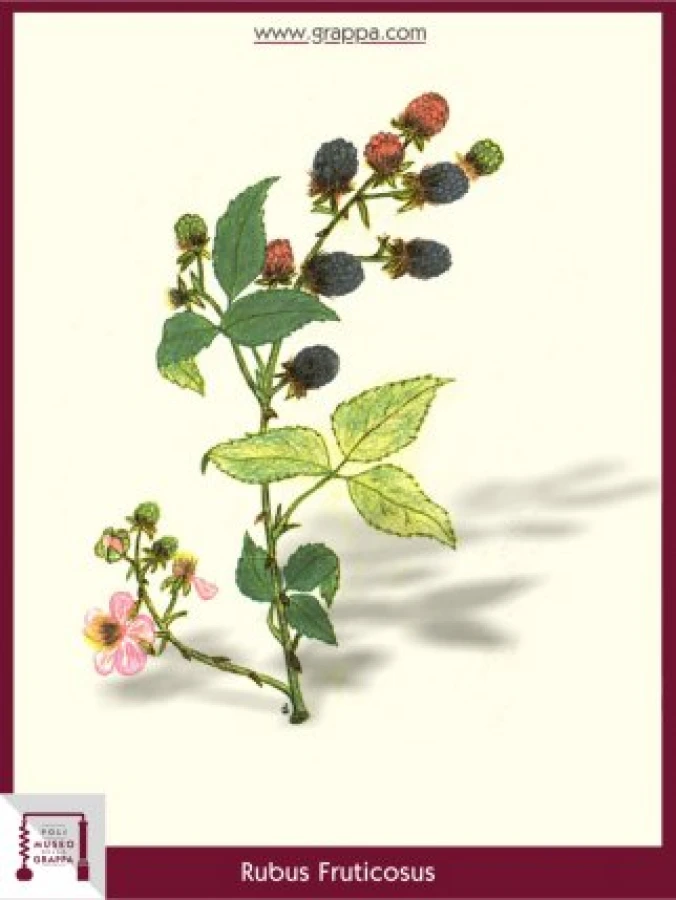Cakes and ice cream
Elmleaf Blackberry or Thornless Blackberry
Cakes and ice cream
Plant:
Elmleaf Blackberry or Thornless Blackberry
Plant Part:
fruit
Plant Properties:
astringent, anti-inflammatory, diuretic, laxative, hemostatic, flavoring, vitaminic, colouring
Description:
The elmleaf blackberry were in great demand among the Romans, mainly due to the astringent properties of the shoots and leaves. But also the fruit itself was often used in kitchen.
Galen himself said that the fruit of the bramble (made of numerous small, round and dark stone fruits) has a pleasant taste when it is ripe. If it is still unripe, although with the same properties of the shoots, it tastes sour. In fact you can find several fruits with different maturity levels in the same bush.
But not only: you can even find different varieties in the same hedge.
Therefore, it is an almost impossible endeavor to identify the elmleaf blackberry.
This is not a problem under the food aspect as all the fruits of the bramble are edible.
Its high sugar content, gums, pectins, mucus and vitamin C make it more attractive than ever, so much that the pharmaceutical industry makes extensive use of it to improve the "bad" taste of the drugs.
Even to Grappa the elmleaf blackberry can give a characteristic aroma and an intense color.
Ingredients:
- 3 handful of ripe fruits of elmleaf blackberry
- 1 liter of Grappa
- some sugar
- mineral water as required
Preparation:
Three handful ripe fruits, collected in the late summer, are placed in a liter of Grppa, in the sun for three months.
Add some sugar and the Grappa is ready: it can either be filtered and then consumed as a refreshing drink, extended with mineral water, or consumed together with the fruits.
The fruits and juice are also very suitable for decorating cakes and ice cream.


